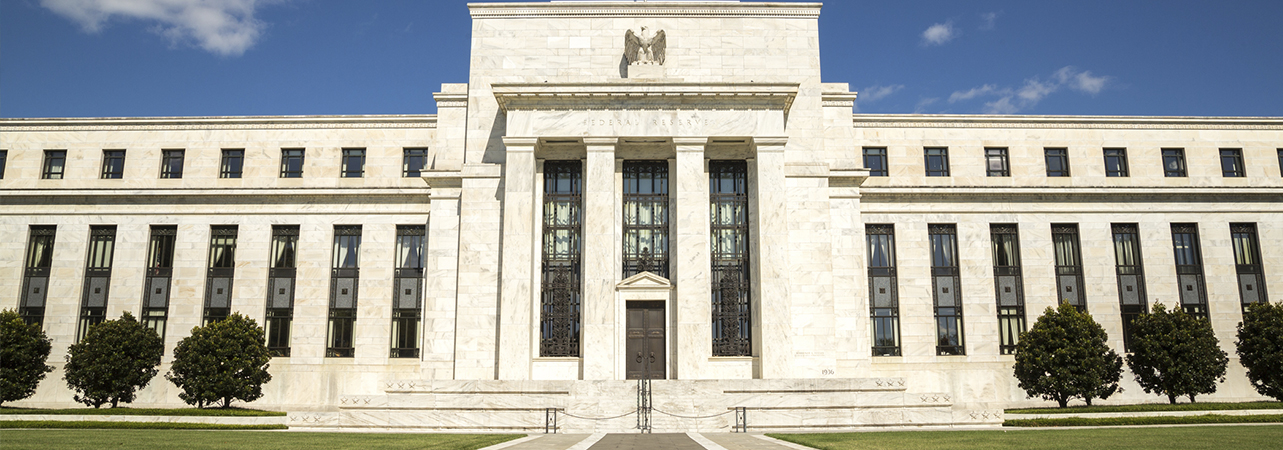The US central bank has done an abrupt volte-face. What is behind its new guidance on interest rates?
- The Fed’s latest forecasts suggest 0.75% in rate cuts for the year ahead.
- The Federal Reserve also appears to be out of step with other central banks
- Three members of the MPC voted for a rate rise at the last meeting
The Federal Reserve is full of surprises. Having been hawkish in its guidance for much of the past 12 months, keen to anchor inflation expectations, its latest forecasts suggest 0.75% in rate cuts for the year ahead. This was more than markets had been expecting and prompted a significant rally. Should investors be wary, or enjoy this Christmas bonus?
The new from the Federal Reserve is a significant about-turn. While it feels like good news, investors may be left wondering what has steered the central bank down a different path. Does it know something they don’t? Perhaps its business survey data has revealed previously unseen weakness in the US economy? It is certainly not clear from GDP data, or retail sales, or any of the PMI indicators.
While inflationary pressures are dropping, for a number of components of the CPI, the downward momentum is slowing. Inflation figures have had a significant boost from declining commodity prices, but this could reverse as quickly as it has declined.
The Federal Reserve also appears to be out of step with other central banks, particularly the Bank of England. Three members of the Monetary Policy Committee voted for a rate hike at the latest meeting, surprising observers who had thought it a given that rate rises were over. Governor Andrew Bailey continues to warn that there is “still some way to go” before inflation hits its target.
The gap is all the more bizarre given there is far more structural weakness in the UK economy than in the US economy. The labour market is showing signs of loosening, which remain elusive in the US. UK GDP tipped into negative territory last month, while US economic growth was revised higher.
Richard Woolnough, manager of the M&G Optimal Income fund, recently pointed out that central bank models neglect the impact of money supply and therefore may be missing deflationary pressures in the system. Money is being withdrawn from the system at the same time as supply chain bottlenecks have gone. This is deflationary rather than inflation and his view is that inflation could come down more than people expect.
Is this the Fed’s conclusion? It may also be because the Federal Reserve has a dual mandate – to achieve maximum employment and keep prices stable. The Bank of England, in contrast, has a mandate to protect price and financial stability. Either way, it suggests disagreements are emerging between the major powers on the best way to handle their economies from here.
Read more 'The Week' articles, click here




